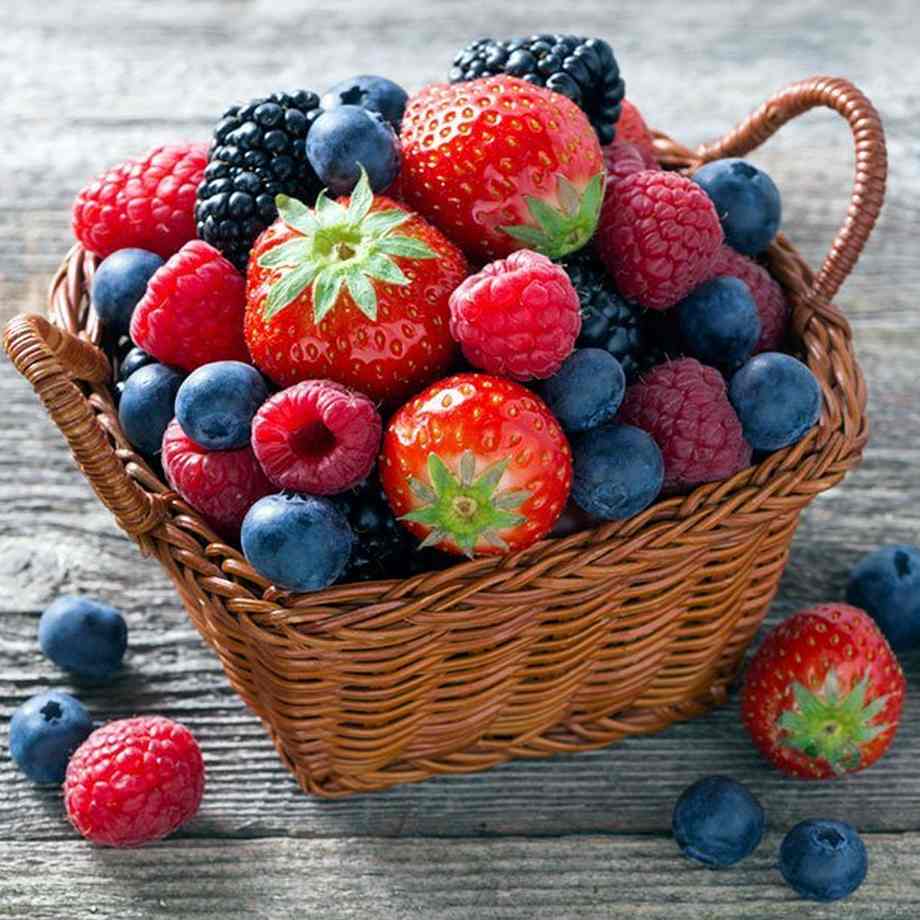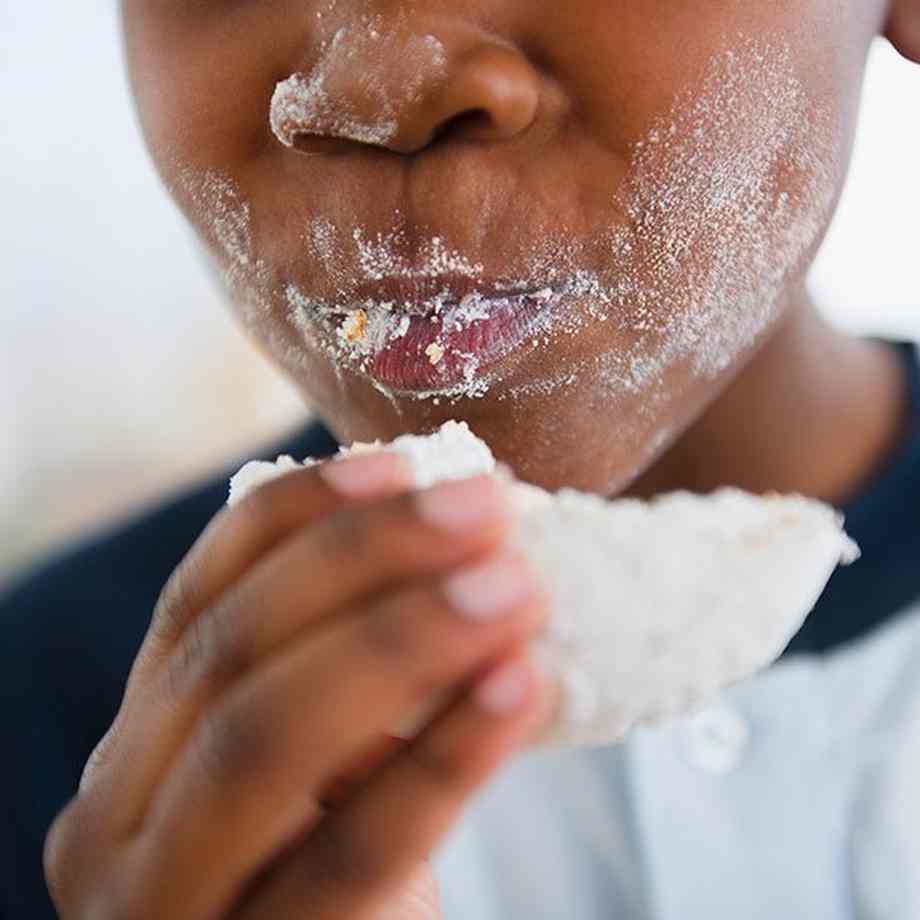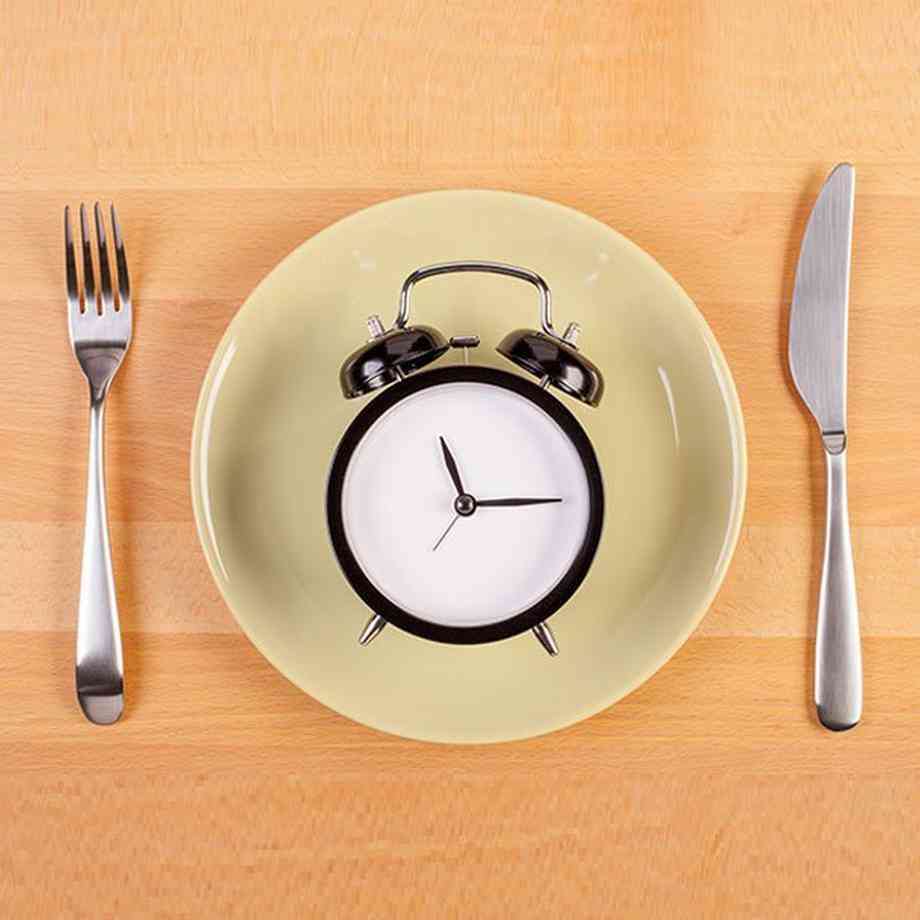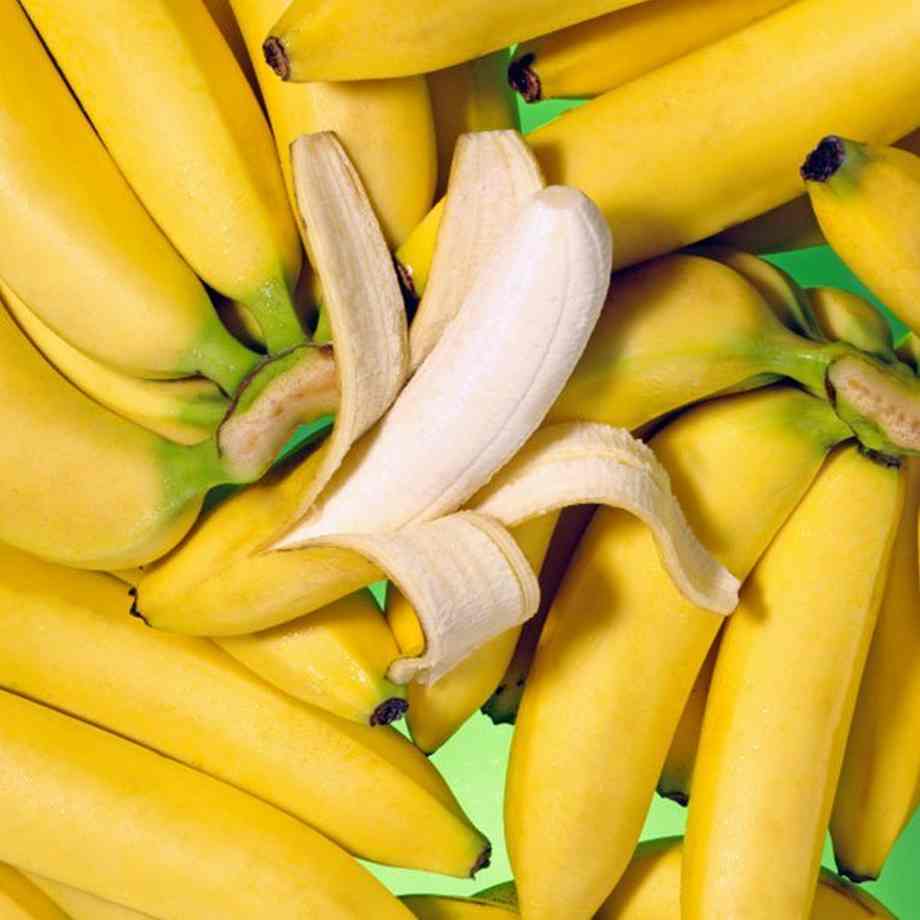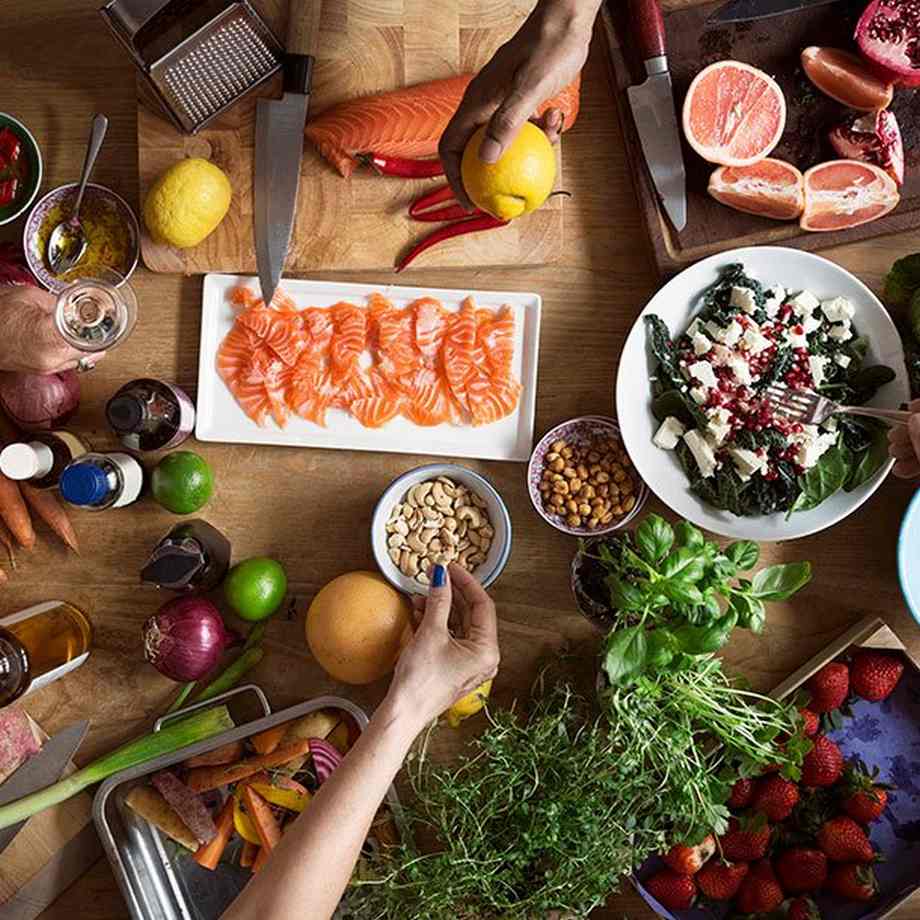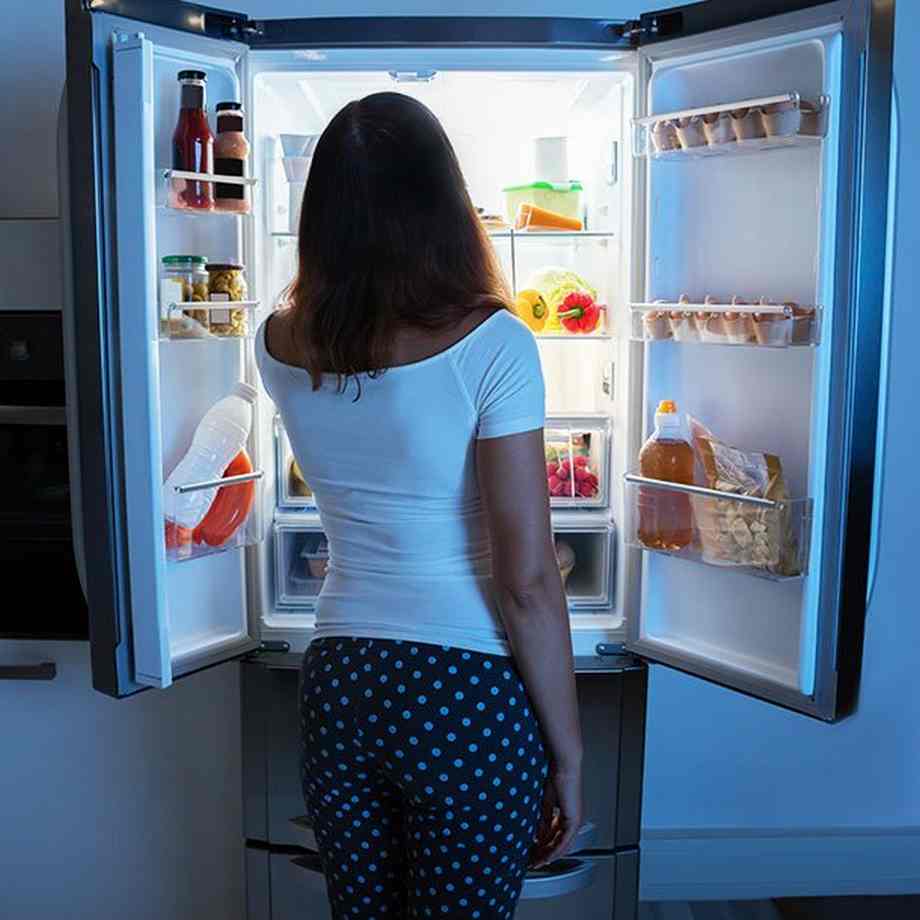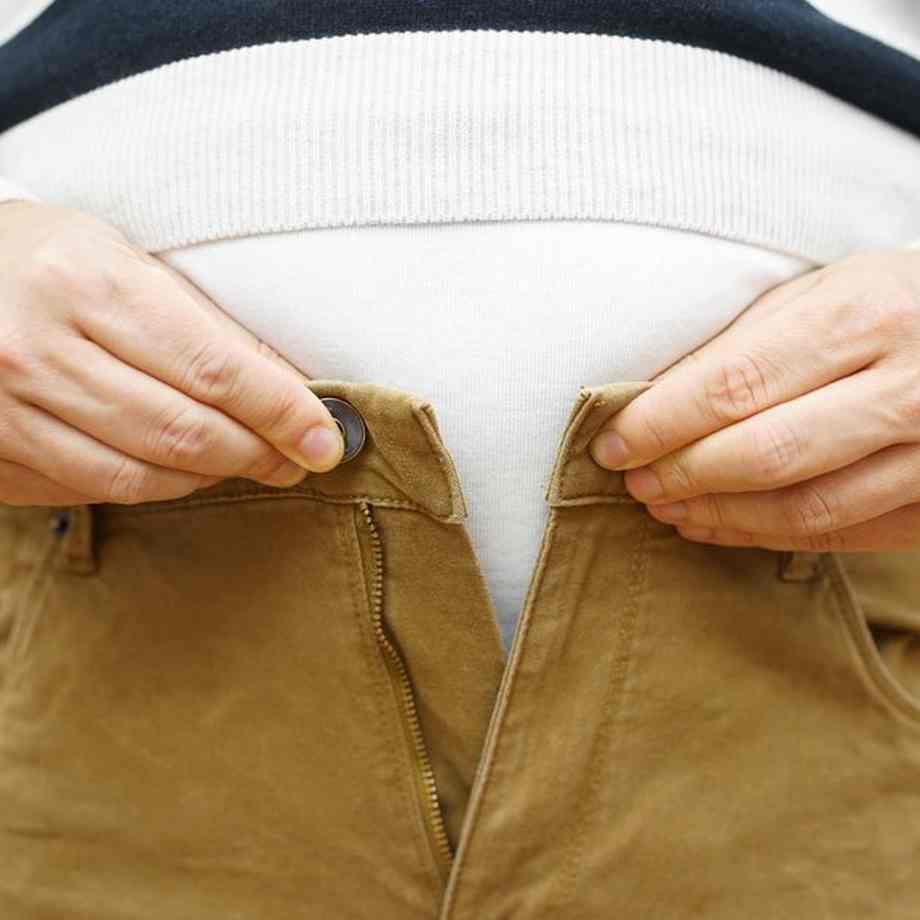
How A lot Do You Want?
Most adults want about 15 micrograms (mcg) a day. This goes right down to 10 mcg in infants and as much as 20 mcg in adults 71 or older. On labels, you may even see vitamin D quantities listed in worldwide models (IU). A single microgram is the same as 40 worldwide models.

Orange Juice
On this case, it is higher to purchase it on the retailer than to squeeze it your self. That is as a result of the vitamin D comes not from the oranges themselves, however from the makers who add it to the juice on the manufacturing facility. Search for the phrases “fortified with vitamin D” on the label. You get about 2.5 mcg for every cup.
Take pleasure in a glass of orange juice, however do not overdo it. Moreover vitamins, it is also full of sugar and energy.

Rainbow Trout
If you happen to’re on the lookout for a wholesome predominant course that comes with a good quantity of vitamin D, strive grilling some rainbow trout. It has 16 mcg in a 3-ounce serving. Add just a little butter with some lemon and herbs for a tasty meal.

Salmon
A 3-ounce serving of salmon may give you 10 to 18 mcg of vitamin D, relying on the sort. Wild coho is on the low finish with 10 mcg, and canned sockeye salmon is on the high with 18. Different fatty fish like mackerel, herring, and sardines even have a fairly good vitamin D kick.
For an easy-to-prepare meal, strive baked fish desserts with salmon from the can.

Portabella Mushrooms
You will get 8 mcg of vitamin D once you eat 3 ounces of portabella mushrooms. However you may carry them exterior to see the solar for a couple of seconds. That is as a result of UV gentle from the solar raises the extent of vitamin D in lots of mushrooms, and notably in portabellas.
For an alternative choice to a meat dish, brush portabella mushrooms with olive oil and prepare dinner them out on the grill.

Yogurt
Yogurt makers usually add vitamin D to their product. You possibly can usually get 3 mcg in an 8-ounce serving. Select plain, low-fat yogurt to chop down on sugar, fats, and energy.
For a wholesome snack, cowl recent berries with some plain, low-fat yogurt and crushed nuts.

Tuna
The common-or-garden gentle tuna in a can packs a good punch of vitamin D, in comparison with different meals. You get 6 mcg in a 3-ounce serving.
Whenever you make a sandwich, as a substitute of mayo, strive a mix of Dijon mustard, olive oil, and lemon juice to maintain it on the more healthy facet.

Milk
Whether or not your milk is complete, chocolate, or low-fat, the producer seemingly fortified it with about 3 mcg of vitamin D per cup. So in case you have a selection, which sort it is best to most likely go for? (Trace: It isn’t the chocolate.)
Yup, low-fat is the way in which to go. Strive some within the morning with whole-grain, low-sugar cereal, additionally usually fortified with vitamin D.

Nondairy Milks
Whether or not constituted of soy, almonds, or rice, makers usually fortify these merchandise with 2.5 to three mcg of vitamin D per cup. These drinks additionally generally have loads of fats, sugar, and energy, so test the label fastidiously.
Add some nondairy creaminess to your post-workout smoothie with a cup of almond milk.

Danger Components for Low Vitamin D
A number of issues increase your probabilities of having low ranges of vitamin D:
- Age: Your pores and skin and kidneys do not make it as simply in your older years.
- Darker pores and skin: It would not convert daylight as properly.
- Digestive issues: Crohn’s illness, celiac illness, and issues with fats digestion can restrict your ranges.
- Weight problems: Fats traps some vitamin D and stops it from stepping into your blood.

Are You Low on Vitamin D?
Your physician can take a look at your blood to test your vitamin D ranges. Take into account getting one if you do not get exterior or have indicators of low vitamin D, like osteoporosis or ache in your muscular tissues or bones. A traditional quantity for adults is something greater than 20 nanograms per milliliter (ng/mL). Lower than 12 might be a well being drawback. Dietary supplements may assist, however discuss to your physician first and do not overdo it. Vitamin D ranges over 100 ng/mL might be dangerous.


